Alaska has a strong economy and one of the highest per capita incomes in the entire country. Natural gas reserves and crude oil are two of the significant parts of the state. Alaska is also home to deposits of coal, minerals, and gold. For tourism, Alaska offers mining and seafood processing. Alaska has exstensive forests, sanctuaries, and biosphere reserves. You will also encounter indigenous tribes; Alaska respects its long-lasting cultural traditions and way of life.
With all of its natural resources, Alaska falls short in food requirements. Almost everybody in the county is well aware of the harsh living conditions in Alaska. The colder climate makes the agricultural process very difficult, near to impossible. But the land can sustain seasonal vegetables.
Page Contents
List of Biggest Ports in Alaska
The lack of crop growth has made seafood very popular in Alaska. Fish such as salmon, cod, crabs, and shrimp count for two-thirds of the export product in Alaska. The fishery sector plays a crucial role in the country.
Here we will look at Alaska’s top five biggest ports and how they influence the country’s economy.
#1 Port of Anchorage
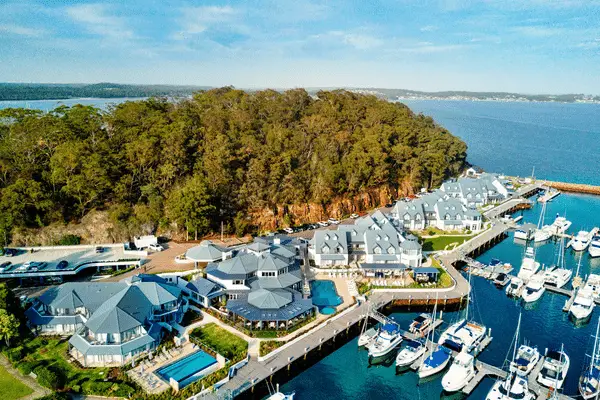
- It opened in – 1961
- Operated by Anchorage Port Commission
- Owned by the Municipality of Anchorage
- Annual Cargo Tonnage capacity – over 4 million
The port was built to lay the foundation for the regional economy. It saw its name change in 2017 as the port became the busiest port in the state of Alaska. The size of the port affected the local economy as it was seen as a significant revenue generator for the state.
Highlights of Port of Anchorage
- Alaska port is a commercial center that relies on natural resources, tourism, and defense.
- Annually the port of Anchorage handles over 4 million tonnes of cargo, including liquid bulk, general cargo, and cruise ships.
- The Port of Anchorage can store 3.4 million barrels of oil and petroleum, 60000 tonnes of cement, and 9000 TEU without too much effort.
- The port is famous for its modern infrastructure and equipment.
- The local workforce is skilled, and the port is home to popular shipping companies.
- An A129-acre industrial park was established to attract significant business from the mainland.
#2 Port of Cordova
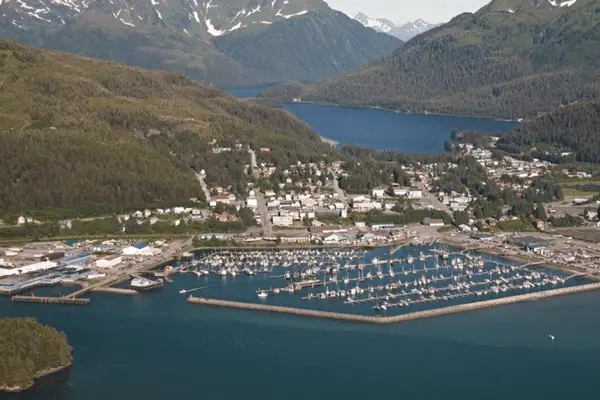
- Annual tonnage of cargo – 30,000
- Docks amount – 3
The Port of Cordova has three docks that cover 345 meters with a depth of 123m. It handles general cargo, RORO, petroleum goods, and containers. Annually the limit stands at 30,000 easily, and the port sees over 1000 vessels yearly.
The Highlight of Port of Cordova
- The municipal wharf handles all commercial port operations. Long city wharf handles all the fishing equipment and light cargo.
- The harbor in the area sees around 700 boats at the same time.
- The port can accommodate ships with a maximum length of 122 meters and 8m draught.
- The local economy here relies on fishing and the canning industry.
- It has two warehouses for forest goods, cement, and frozen fish.
- The port also has a sewage treatment plant, a bilge water collection system, and freshwater provisions.
#3 Port of Valdez
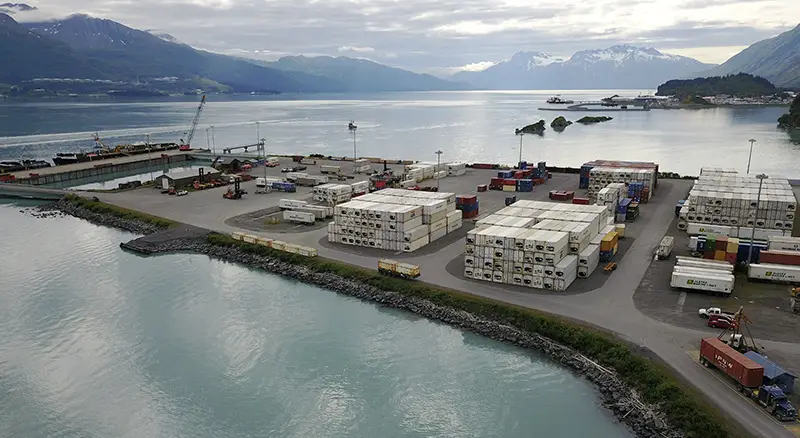
- Famous for – Snow clad mountains, ice fishing, and whale watching.
- Freezing condition – ice-free most of the year
Most of the time, the port remains an ice-free zone; it has become so popular that it is often known as Switzerland or Alaska. The port has become famous for its sightseeing, as it comes to snow-clad mountains that look jaw-dropping on days; other playful activities include ice fishing, whale watching, and heli-skiing.
The highlight of Port of Valdez
- The shipping lanes wind near the pacific rim, covering the interior regions such as the US pacific, parts of Canada, and Alaska.
- The oil terminal is connected to the Trans-Alaska oil pipeline.
- The oil tankers here can carry more than 6000 m3 of crude oil. This is the amount of oil that passes through Prince William each day.
- The port is accessible via railways and highways.
#4 Port of Whittier
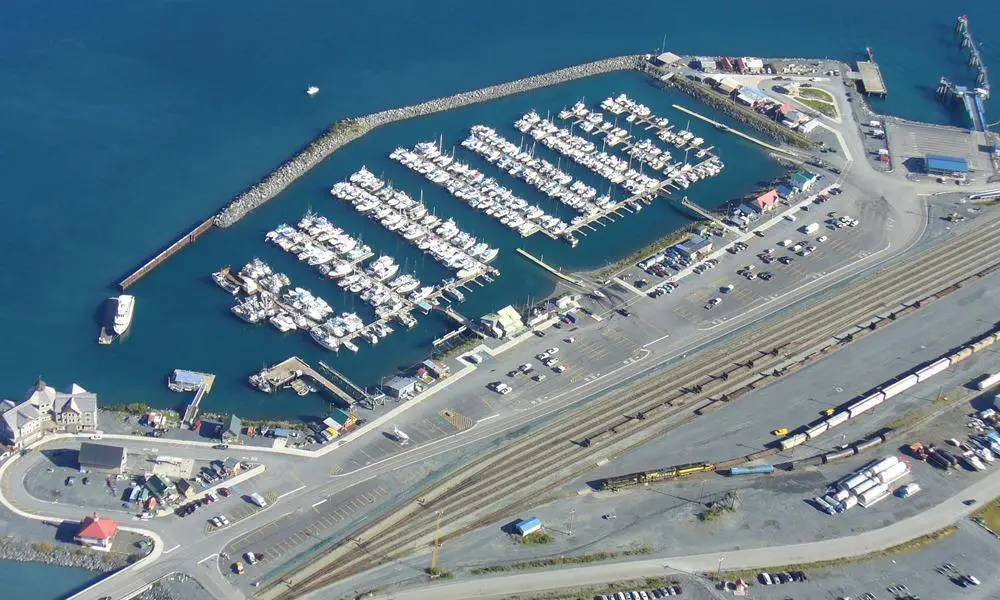
- Established – 1940
- Famous for its tourism activities
- Residents Amount – 290
The port was established as a world war two port for troops and cargo of Alaska, and it remained inactive until 1960. But now, the port has changed its stance by having a good economy and is home to 290 residents. The fishing industry covers the majority of the economy of the port. Here are some of the critical factors of the port of Whittier.
Highlights of Port of Whittier
- It serves as a major cruise port situated on the northeastern coast of the Kenai Peninsula.
- The port is known to get small cargo ships about 120 meters long.
- The port has a launch ramp, loading equipment, and other valuable amenities for proper maintenance.
- The location offers outstanding visuals as you can expect mountains and gorgeous valleys covering the port location.
- The harbor offers water skiing, boating, and kayaking. The local market offers a variety of goods and services.
#5 Port of Juneau
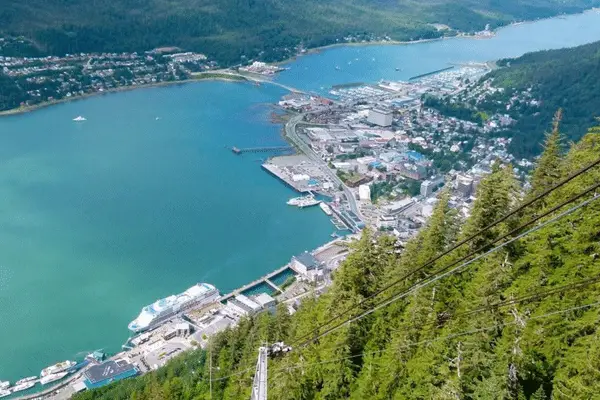
- Cargo – handles over 400,000 tonnes of cargo.
- Importance – Crucial for the national economy.
The Port of Juneau handles container ships, fish, oil, and petroleum. Annually Juneau sees over 400,000 cargo. The port also offers a passenger terminal accommodating up to 50,000 tourists. Here are some of the highlights of the port.
Highlight of Juneau
- The passenger terminal can accommodate cruise ships with over 50,000 tourists.
- It has two cargo terminals, three boat yards, launch ramps, and harbors.
- Petro marine dock is available for boat repair, minor repairs, painting, and cleaning services.
- Seadrome marina offers 160 m of moorage area with all the expected amenities of life. Boaters have to reserve a spot before showing up.
- The infrastructure of Juneau meets the global standard and expectations from customers. It carries a significant status in the national economy.
In the future, we will see the port holding more mooring areas and renovating cruise terminals. As of now, Auke bay is being expanded, and Douglas harbor is seeing some refurbishment.
You might be interested to know: The biggest port in Canada
Conclusion
These ports are the backbone of the country’s economy and food requirements. Most of the ports in Alaska serve more than a shipping location; some have towns and other amenities to make life more comfortable. The sight also lures plenty of tourists to keep coming back to witness Alaska’s natural beauty. The port plays a crucial role in selling tourism to the world and helps the country’s economic status high.
Most of the investment is made in shipping locations to make them more efficient in the future to strengthen the economy.
